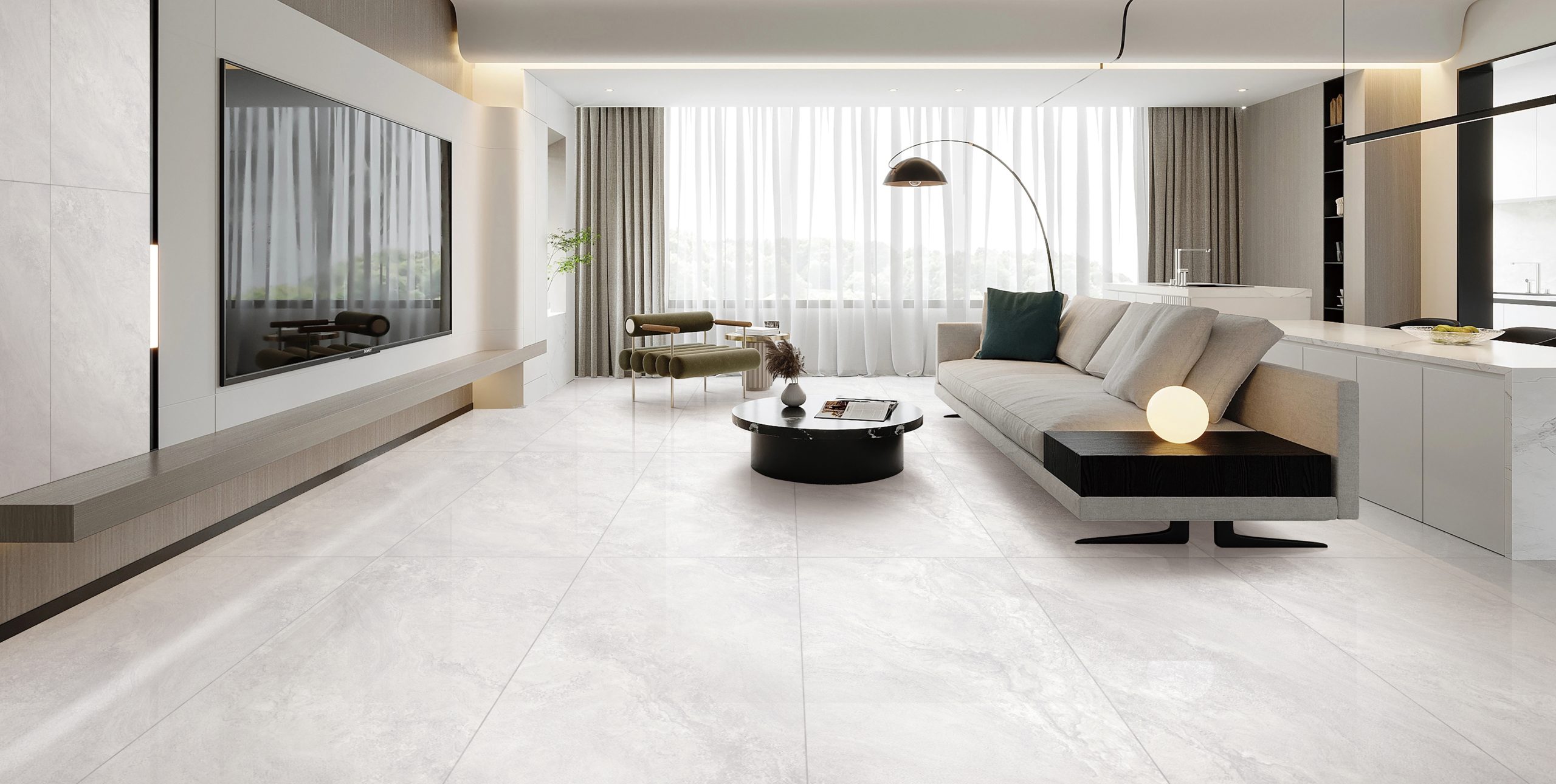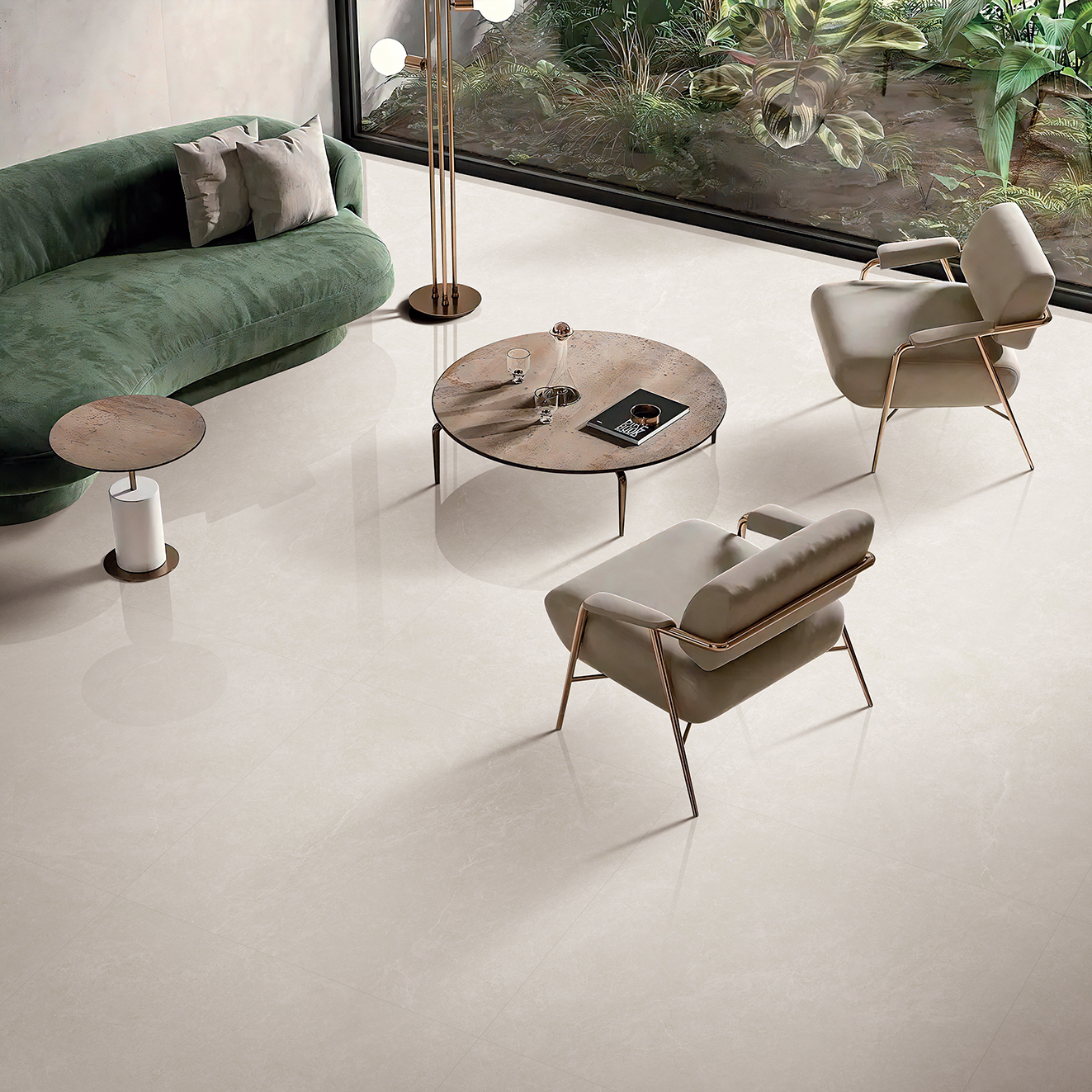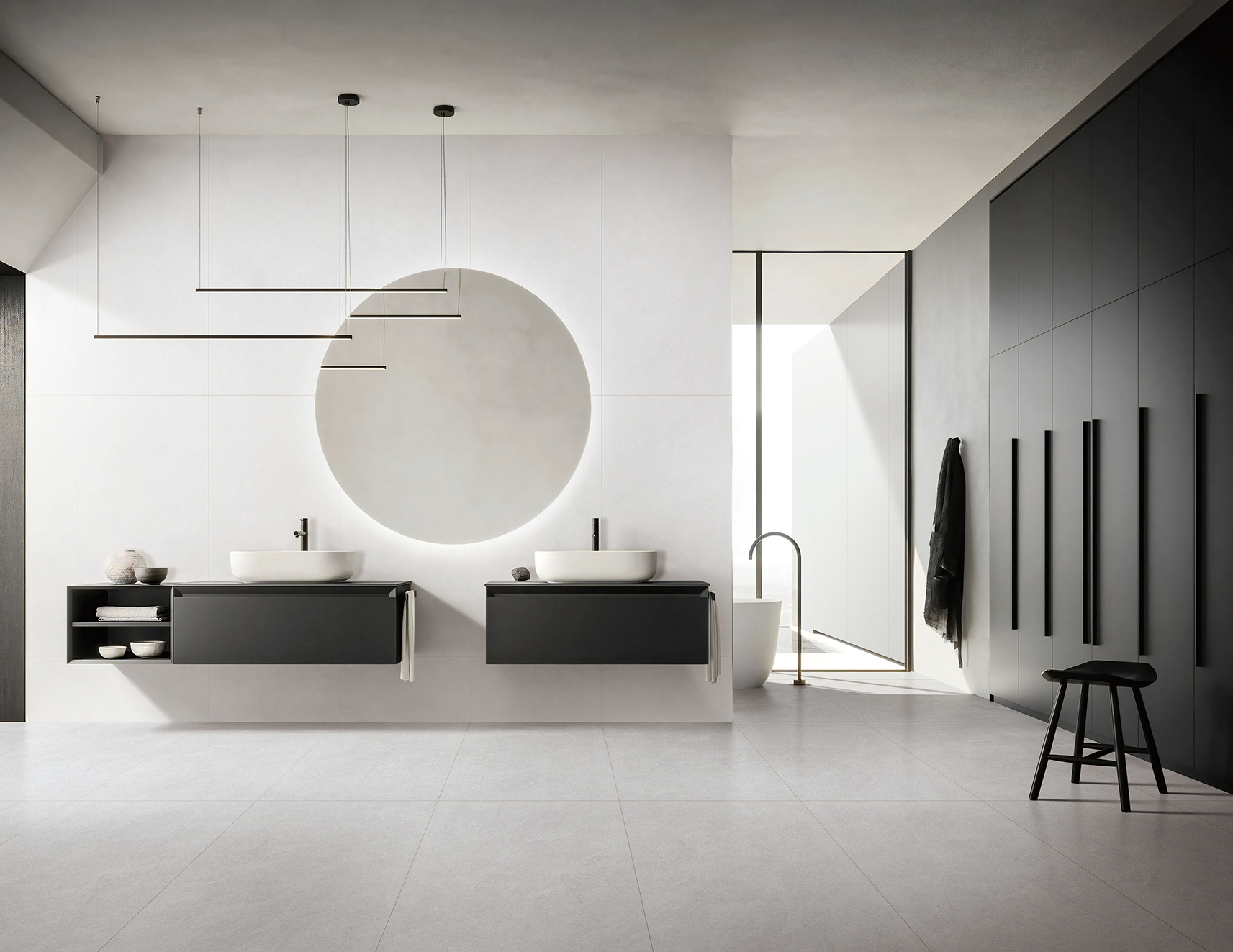
New Trends in Global Ceramic Tile Market: Tech Innovation Drives Growth Amid Complex Trade Environment
Technological Innovation: Functional and Smart Solutions Lead Change
Spain’s Valencia has developed flood-resistant tiles featuring a porous structure with vertical gaps between slabs and gravel layers, capable of absorbing 10,000 liters per square meter per hour. This EU-funded project (budget over €142,000) addresses urban waterlogging while repurposing ceramic material surplus37. Concurrently, smart tiles integrated with temperature sensors, wireless charging, and antimicrobial properties are gaining traction in healthcare and public spaces. 3D printing enables intricate artistic designs, and solar photovoltaic tiles emerge as a sustainable building solution46.
Market Growth and Regional Dynamics
The global ceramic tile market reached $104 billion in 2024, projected to hit $125.7 billion by 2031 at a 2.8% CAGR. China dominates with 50% market share, followed by Europe at 20%2. Central Asia presents explosive opportunities: after visa-free policies took effect, Kazakhstan sourced 40% of its light steel frames from China, with stone-look tiles and cold-resistant materials in high demand. China’s exports to the region surged 23.8% in Q1 202537. Asia-Pacific drives growth due to urbanization, while the Americas focus on premium commercial projects26.
Trade Policies and Rising Risks
Trade barriers intensify as the Gulf Cooperation Council (GCC) launched an anti-dumping duty review on Chinese and Indian tiles, with current tariffs of 23.5%-76%. The outcome will reshape regional supply chains5. The U.S. also initiated a sunset review of duties on Chinese tiles in May 2025; maintaining 2020 tariffs could prolong high export costs13. Eastern Europe-Caucasus trade heats up, but real estate slumps continue to pressure manufacturers, highlighting channel risks35.
Emerging Demand and Sustainable Shift
The tile trim market is expanding rapidly, with 2024 sales hitting $22.74 billion and projected to reach $34.84 billion by 2031 (6.3% CAGR), driven by edge protection and aesthetic transition needs37. Sustainability is reshaping standards: electric roller kilns (e.g., in a Canadian factory) can reduce CO₂ by 10,000 tons annually per plant, aligning with 30% of global consumers preferring eco-certified products458.
Future Outlook
Technology, sustainability, and regional trade form a tripartite growth engine: innovations like flood-resistant tiles unlock municipal projects; trade agreements and tariffs demand flexible strategies; and niche segments (trims, antimicrobial functions) will fuel new revenue streams



